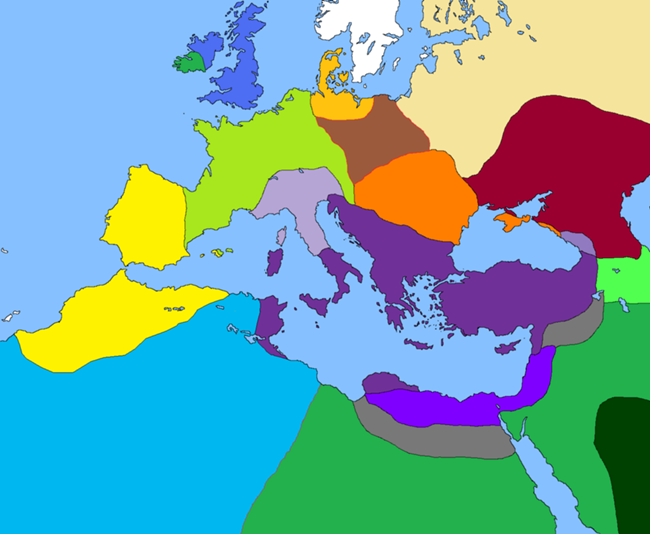

I've always wanted to explore the possibilities of a more successful restoration of the Byzantine Empire after 1204 under the House of Komnenos. I've always been a history buff with a passion for Classical Roman and later Eastern Roman history. After the Komnenian restoration briefly re-established dominance in the 12th century, the Empire slipped into a long decline, with the Byzantine–Ottoman Wars culminating in the Fall of Constantinople and its remaining territories to the Muslim Ottoman Turks in the 15th century.Hi everyone, this is my first attempt at a historical timeline. By the 7th century, increased eastern cultural influences, reforms by Emperor Heraclius, and the adoption of Greek as the official language, distinguished the later Roman character from its ancient character.ĭuring its thousand-year existence the Empire remained one of the most powerful economic, cultural, and military forces in Europe, despite setbacks and territorial losses, especially during the Roman–Persian and Byzantine–Arab Wars.

The Eastern Roman Empire's evolution from the ancient Roman Empire is sometimes dated from Emperor Constantine I's transfer of the capital from Nicomedia (in Anatolia) to Byzantium on the Bosporus, which became Constantinople (alternatively "New Rome"). The term "Byzantine Empire" was popularized by historians during the 16th – 19th centuries. In the Islamic world it was known primarily as روم (Rûm "Rome"). The Empire preserved Romano-Hellenistic traditions, but due to the increasing predominance of the Greek language, it became known to most of its western and northern contemporaries usually as the Empire of the Greeks. The Byzantine Empire or Eastern Roman Empire, known to its inhabitants as the Roman Empire, the Empire of the Romans (Greek: Βασιλεία τῶν Ῥωμαίων, Basileía tôn Rōmaíōn) and also as Romania (Ῥωμανία, Rōmanía), was the continuation of the Roman Empire during the Middle Ages, centered on its capital of Constantinople, and ruled by Emperors in direct succession to the ancient Roman Emperors.


 0 kommentar(er)
0 kommentar(er)
